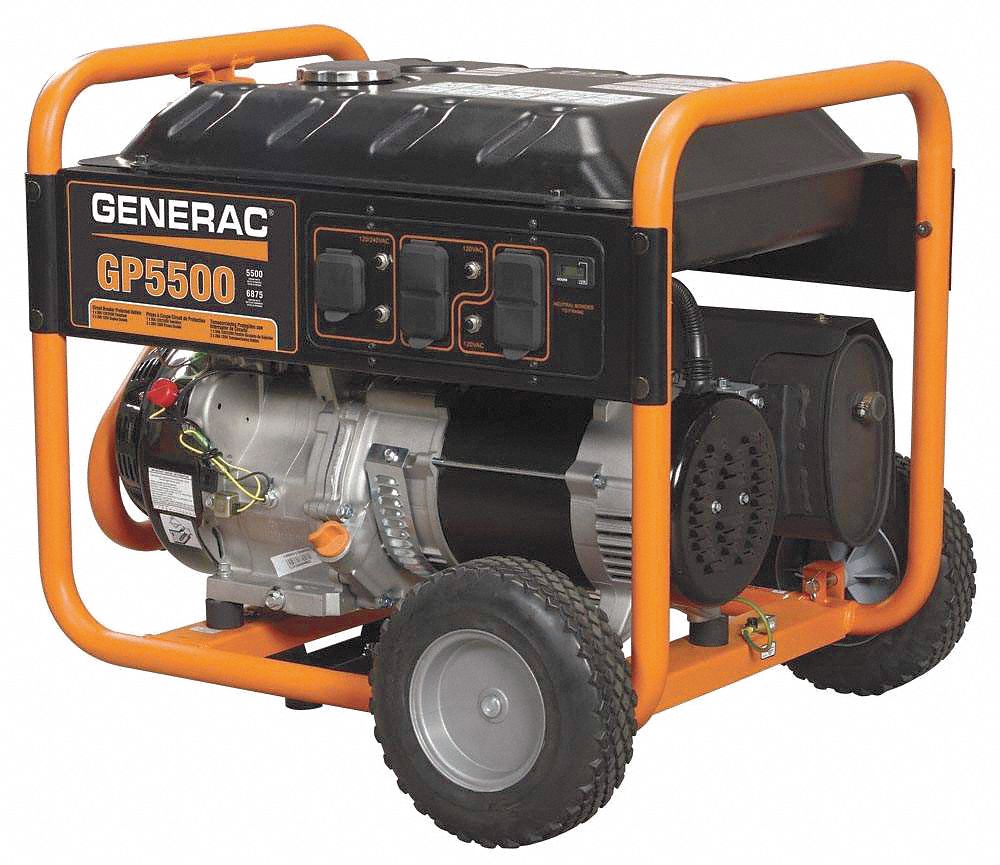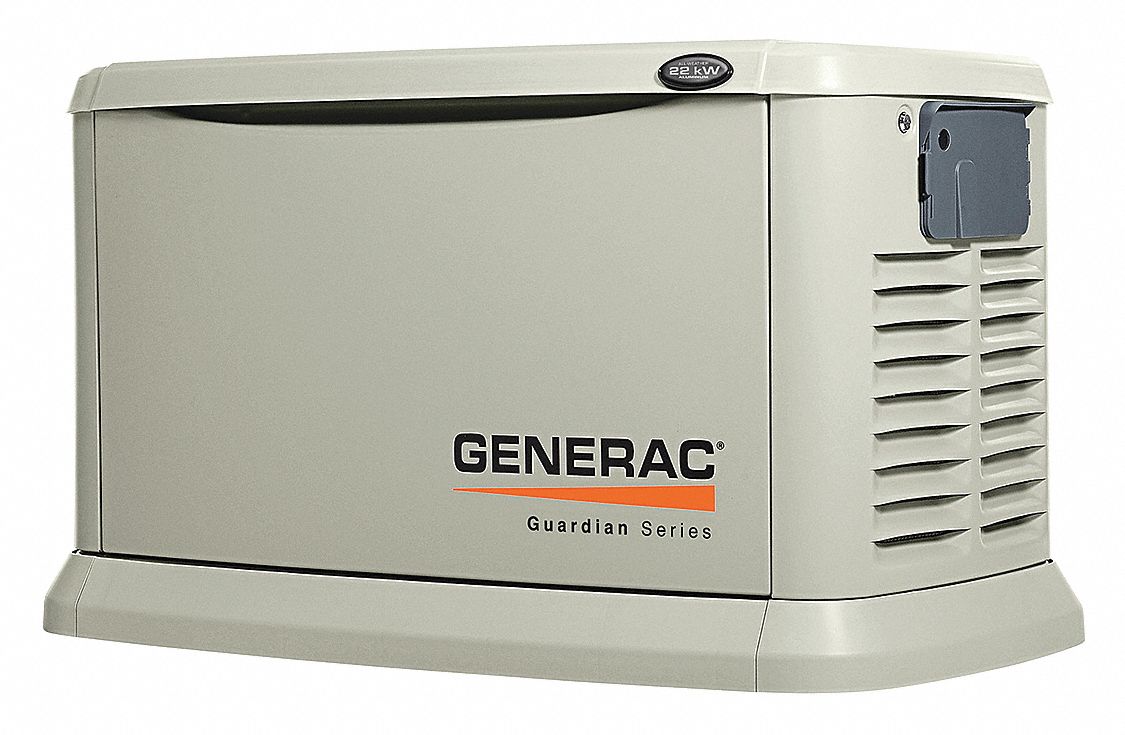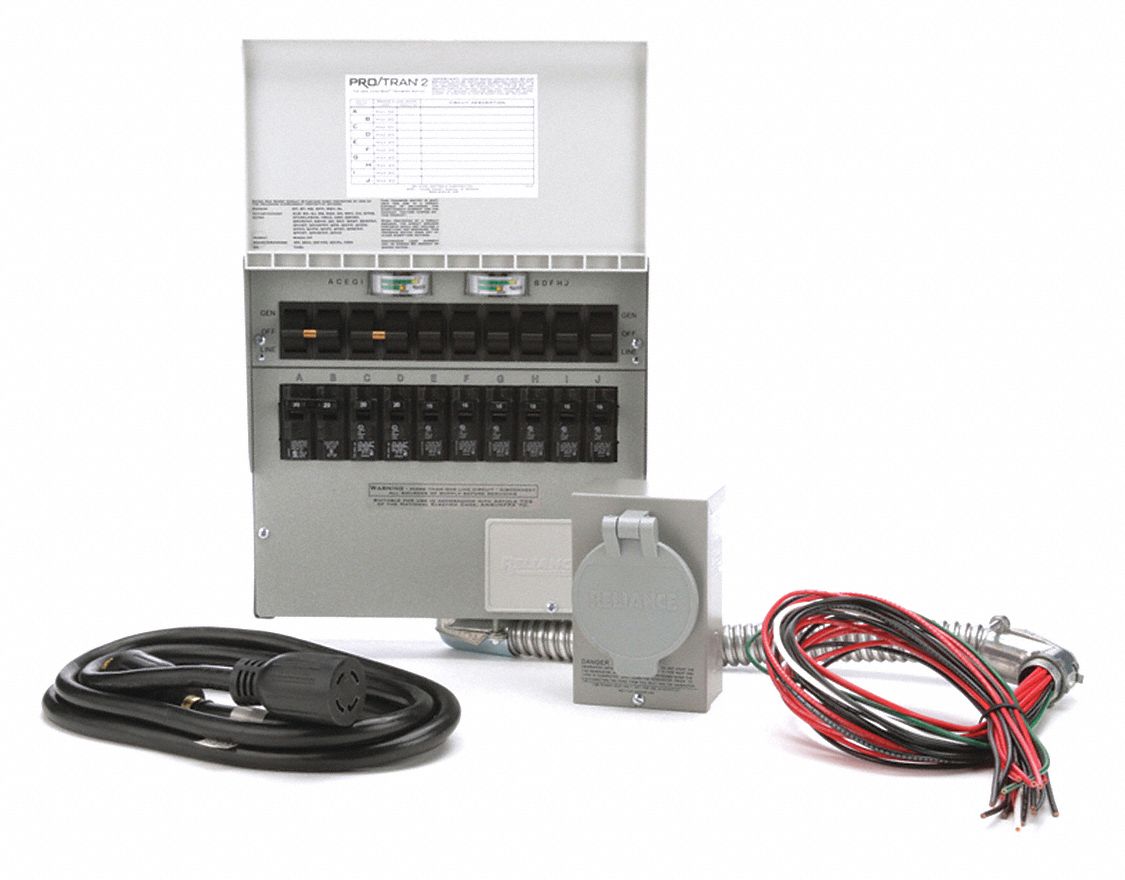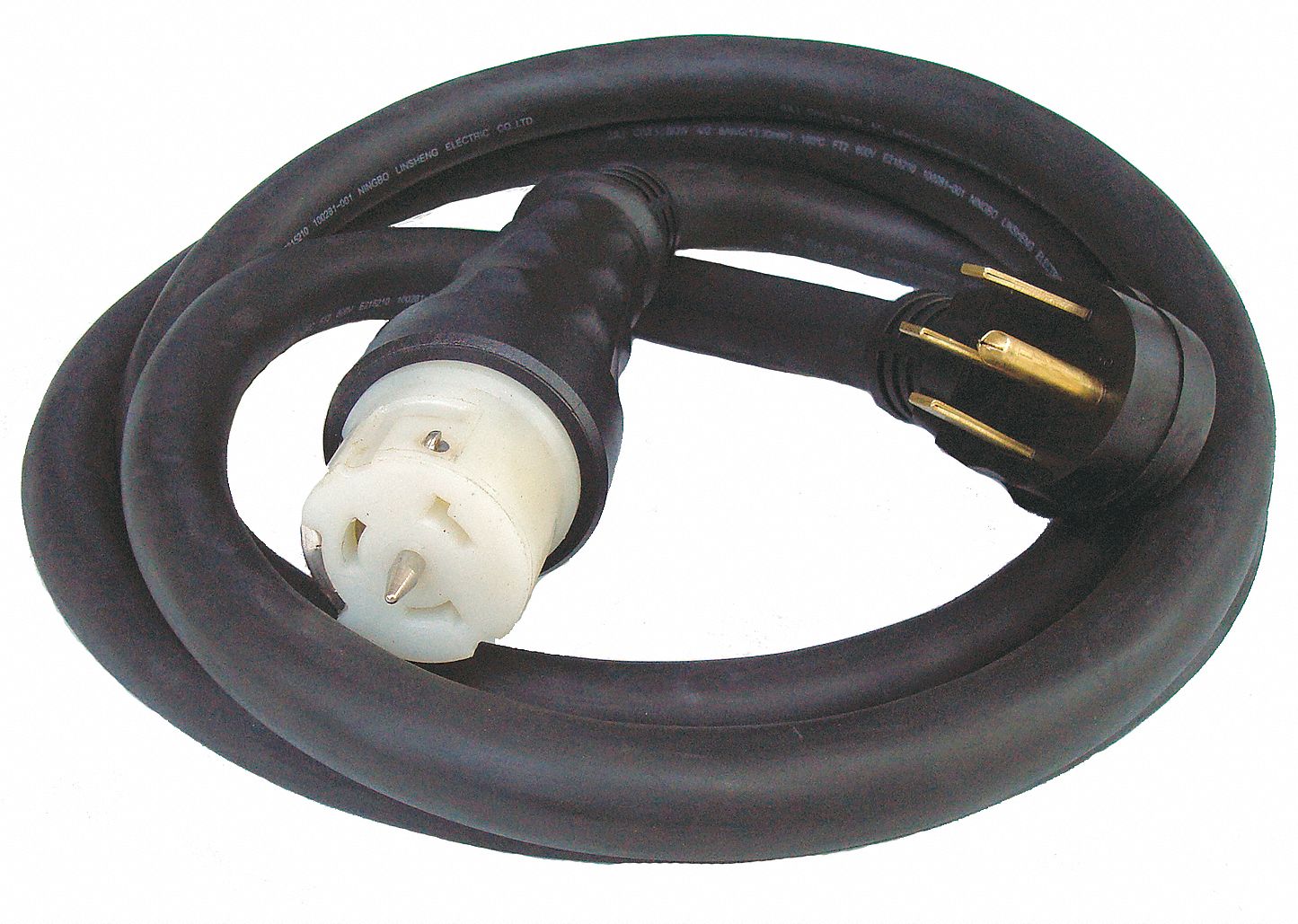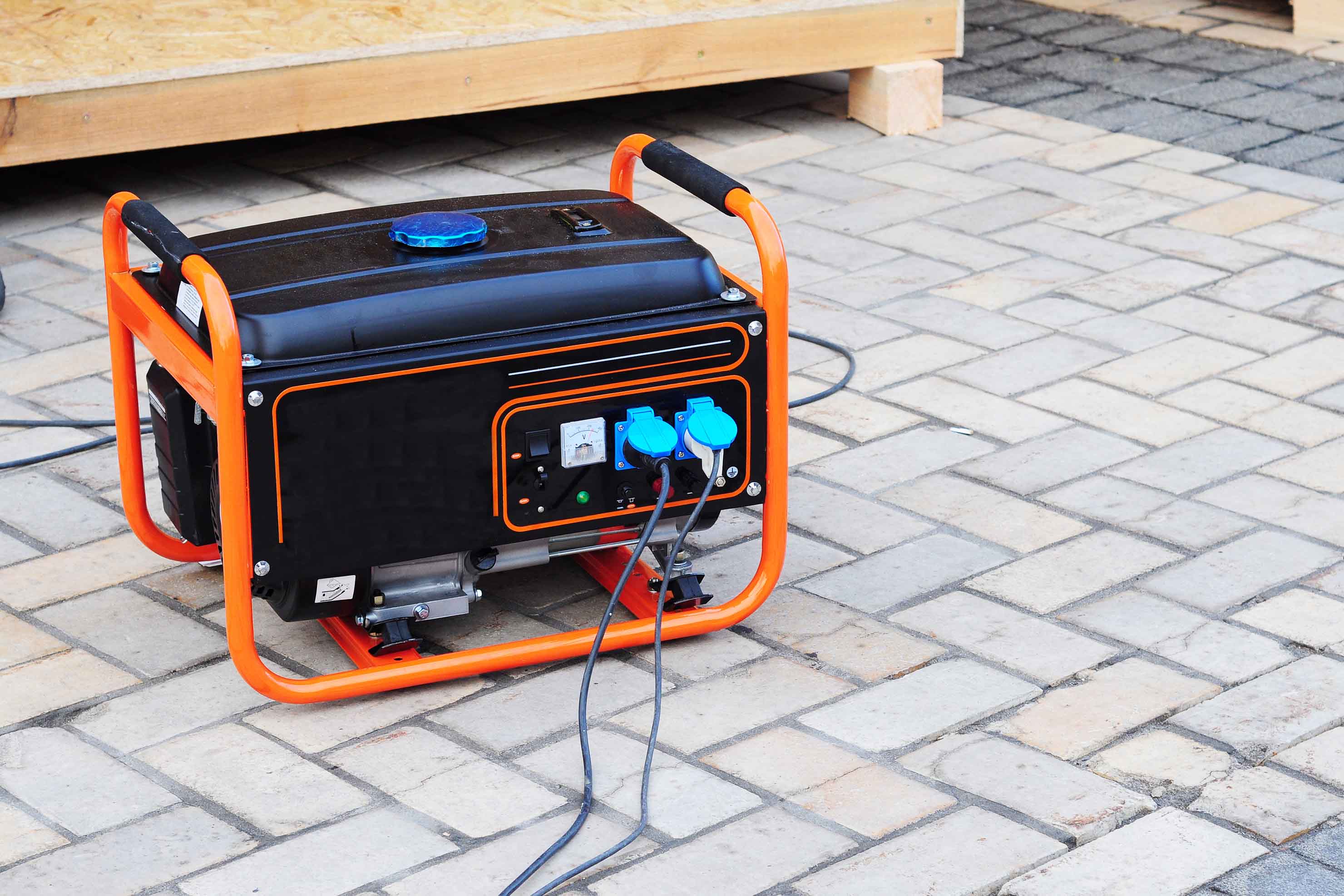

Generators Guide: How to Choose and Maintain the Right Generator
By Grainger Editorial Staff 8/31/22


Blackouts. Brownouts. Permanent faults. These power outages can wreak havoc on warehouses, jobsites, healthcare facilities and more. They can delay important work and increase risks during times of temperature extremes. Worst of all is when power outages occur during electrically powered medical procedures. That's where electric generators come in.
What does a generator do?
Electric generators are backup power sources that convert fuel supply — gasoline, diesel, propane or natural gas — into electrical energy. They are the primary sources of electrical supply during power outages.
Types of Generators
There are three main types of generators: portable, inverter and standby. Portable and inverter generators can power various types of tools and appliances on location. Select the size you need based on the running wattage of the items you will connect to them, as well as the surge wattage for starting them. Standby generators are different from the other two kinds; they are backups for residential, commercial and industrial electrical systems. Similar safety precautions should be taken to reduce the hazards posed by the operation of all types.
Portable Generator
Here are some characteristics to note about conventional portable generators:
- Most are gasoline-powered, but a few run on diesel fuel or hybrids of gas/liquid propane or even gas/liquid propane/natural gas.
- Half-load run times range from about 8 hours to as high as 32, though most are in the 10-15 hour range.
- Most will power 120- or 240-volt applications
- They are typically built to withstand harsh environments.
Inverter Generator
Here are some common characteristics of inverter generators:
- Almost all are gasoline powered.
- Most models power only 120-volt outlets, so they usually power smaller or more sensitive equipment and electronics than conventional portable generators.
- They are more energy-efficient than conventional portable generators, as the engine speed adjusts according to how much power is needed.
- Smaller and lighter than portable generators, they can fit in a car, boat or RV.
- There are also specialized battery-powered inverter generators that can run corded tool sets.
Standby Generator
A standby generator is an electrical system that operates with a transfer switch that commands it to operate automatically when a facility loses power.
Here are some characteristics to note about these types of generators:
- They operate on diesel fuel, liquid propane, natural gas or some kind of hybrid.
- They are permanently installed and are not portable.
- Single-phase models support residential or commercial systems, while three-phase models can provide power to industrial systems.
- Remote monitoring for some models allows users to know the status of their standby generator through a smartphone app.
- Many will execute automatic weekly self-tests to ensure they will react properly a power loss.
- The National Fire Protection Association publishes standards for performance requirements of standby power systems for buildings and facilities.
Generator Maintenance
Maintaining a portable or inverter generator powered by gasoline or diesel fuel is not unlike maintaining a mower or snowblower. Follow the manufacturer’s recommendations for timing of the different operations, but typical tasks will include:
- Checking fuel and oil levels
- Checking the air filter
- Tightening nuts and bolts
- Cleaning any debris that has built up
Beyond that, if the generator has ground fault circuit interrupter (GFCI) outlets, test them regularly, according to manufacturer’s specifications. GFCI testers are tools that can help.
Some models also have batteries that will charge while the generator is running. If the generator does not operate regularly, a trickle charger or battery maintainer can help re-charge it.
Standby generators are a little more complex than portable or inverter generators. There are some tasks owners can perform and they fall into the type of maintenance common for small engines, such as checking oil, the battery, coolant levels, belts and spark plugs. You may want a certified technician to perform more involved tasks, including testing and servicing the automatic transfer switch that is critical to getting power the main source goes out.
Keep records of inspections, tests and repairs. These records will allow you to understand when further repair or replacement may be necessary.
The information contained in this article is intended for general information purposes only and is based on information available as of the initial date of publication. No representation is made that the information or references are complete or remain current. This article is not a substitute for review of current applicable government regulations, industry standards, or other standards specific to your business and/or activities and should not be construed as legal advice or opinion. Readers with specific questions should refer to the applicable standards or consult with an attorney.

